If you kowtow to someone, it means you agree to do something a bit too easily, or in an obsequious way – AKA sucking up. It now has quite negative connotations, but in days gone by a kowtow was actually the ultimate way to show respect to a superior. It involved bowing or kneeling so low that your forehead was touching the floor (if I did this I wouldn’t be able to get back up again), or even lying fully prostrate on the ground. Apparently a kosher kowtow was three kneelings and nine knockings of your forehead on the floor – and if you can’t hear your skull hitting the ground then you ain’t doing it properly. Ouch.
Vietnamese graduates kowtowing to their teachers in 1897
The word ‘kowtow’ itself comes from Cantonese – it’s a combination of ‘kòu’ which means ‘to knock’ and ‘tóu’ which means ‘head’. In Sinospheric culture (which is a fancy-dancy term for countries in East and Southeast Asia that were historically influenced by China, like Japan and Korea), it was used to show respect for one’s parents and elders, superiors and religious big-wigs, all the way up to the Emperor of China himself. The Emperor wasn’t immune either – apparently he would do a kowtow (possibly not the right terminology) to the shrine of Confucius, and also to heaven (that was it though).
The kowtow caused an international incident in 1793 when Lord George (not Paul) Macartney*, the first British ambassador to China, refused to do a full kowtow to Emperor Qianlong (because, British). He went as far as removing his hat and bowing, but that was it. This pissed off the Chinese no end, especially as every other European ambassador had just got on and done it. The Brits agreed to do a kowtow only if the emperor would do the same to a portrait of King George III (yes, the mad one). Unsurprisingly that was a hard ‘no’. China then rejected every single one of Britain’s diplomatic and trade requests. All for the sake of a bow and not a kowtow. Also, MEN.
Macartney’s first meeting with Qianlong. Hope he sang the Frog Chorus
The term ‘kowtow’ arrived in English in the early 1800s, probably as a result of those failed trade negotiations. Within a few decades its meaning had changed to the ‘fawning’ verb we have today.
The kowtow tradition pretty much disappeared after the fall of the Qing dynasty in 1911–12. Nowadays in China it’s reserved for paying homage to ancestors at family burial grounds.
* Yes, it is spelled differently but I liked the Frog Chorus joke so I left it in.






